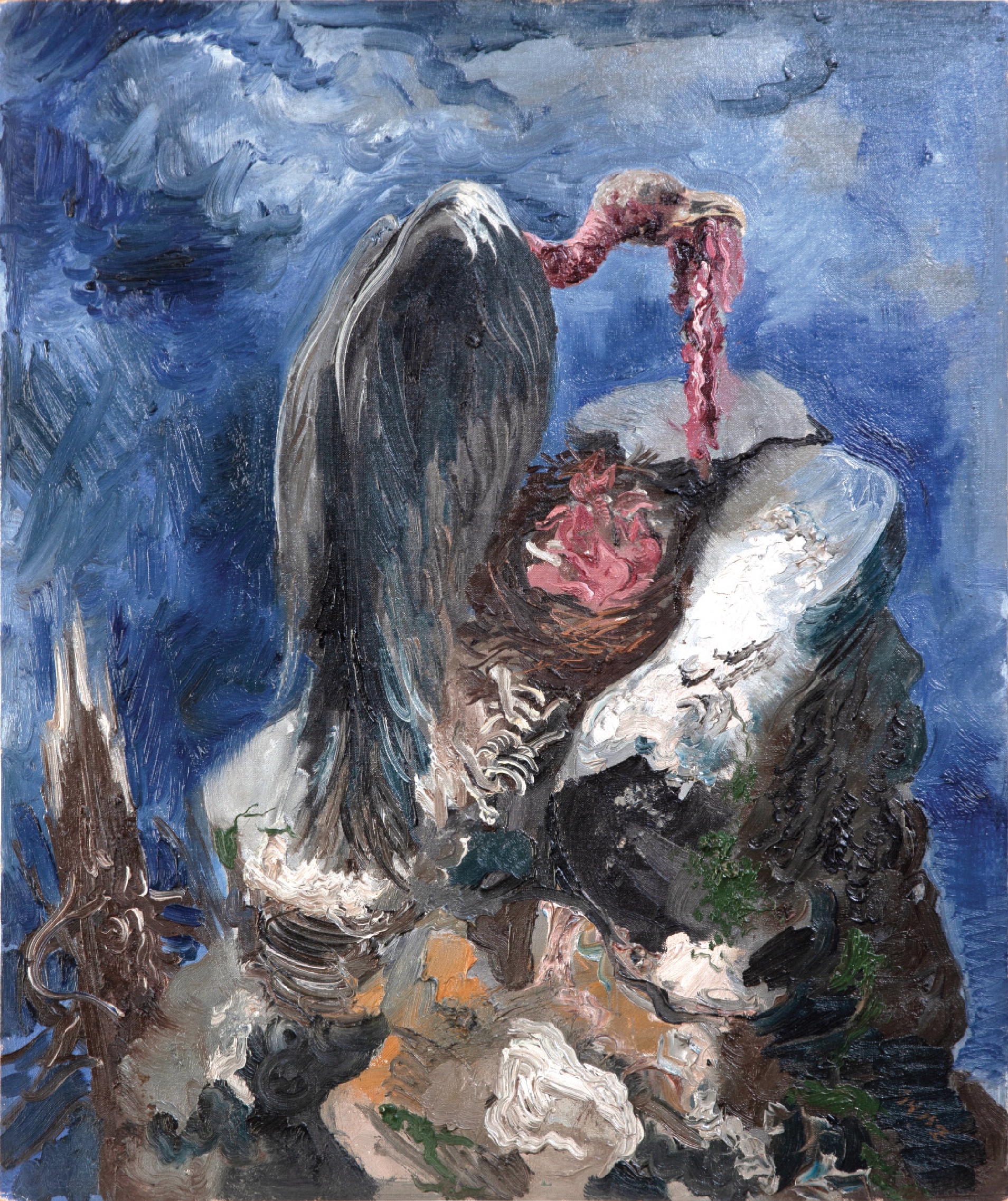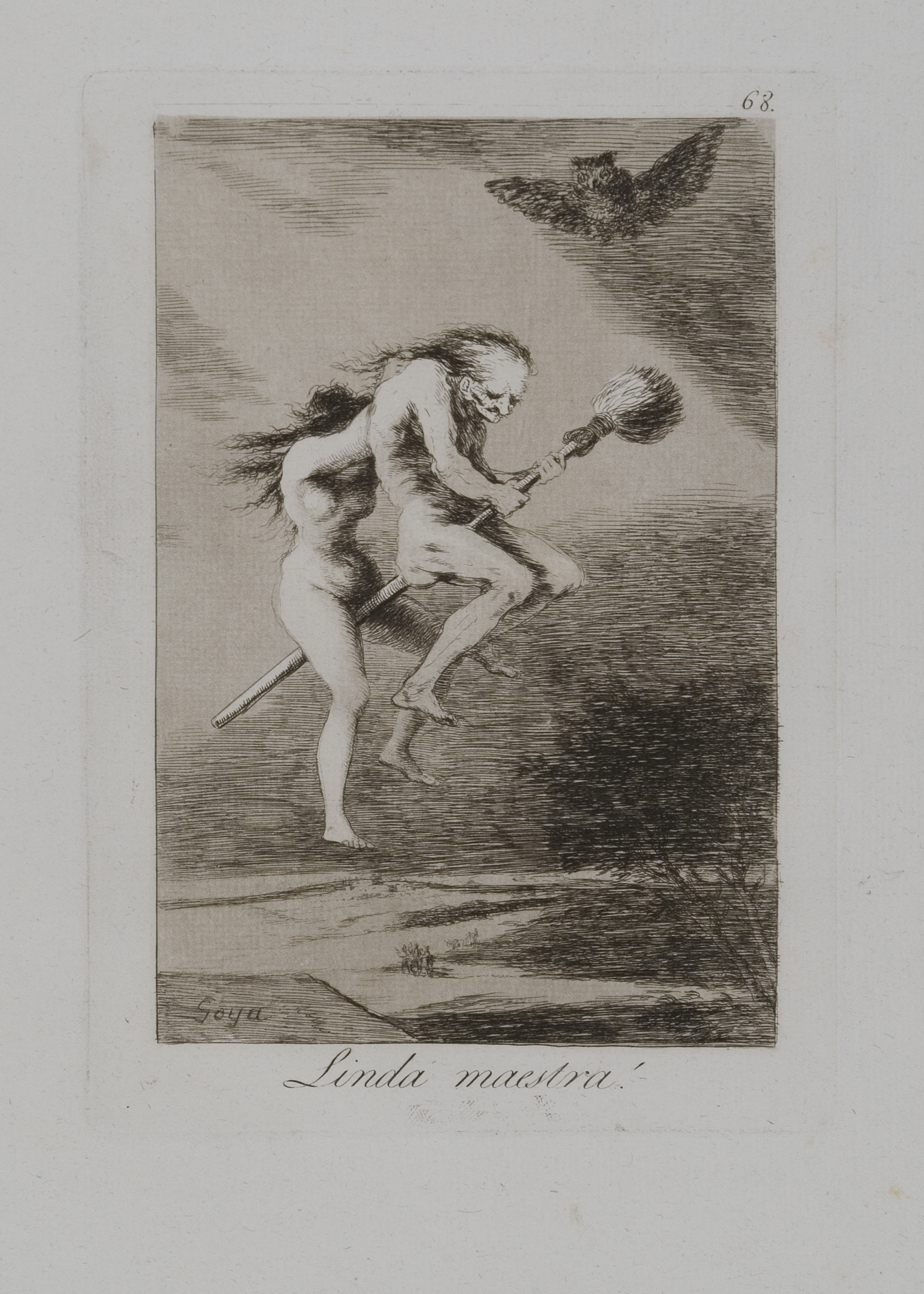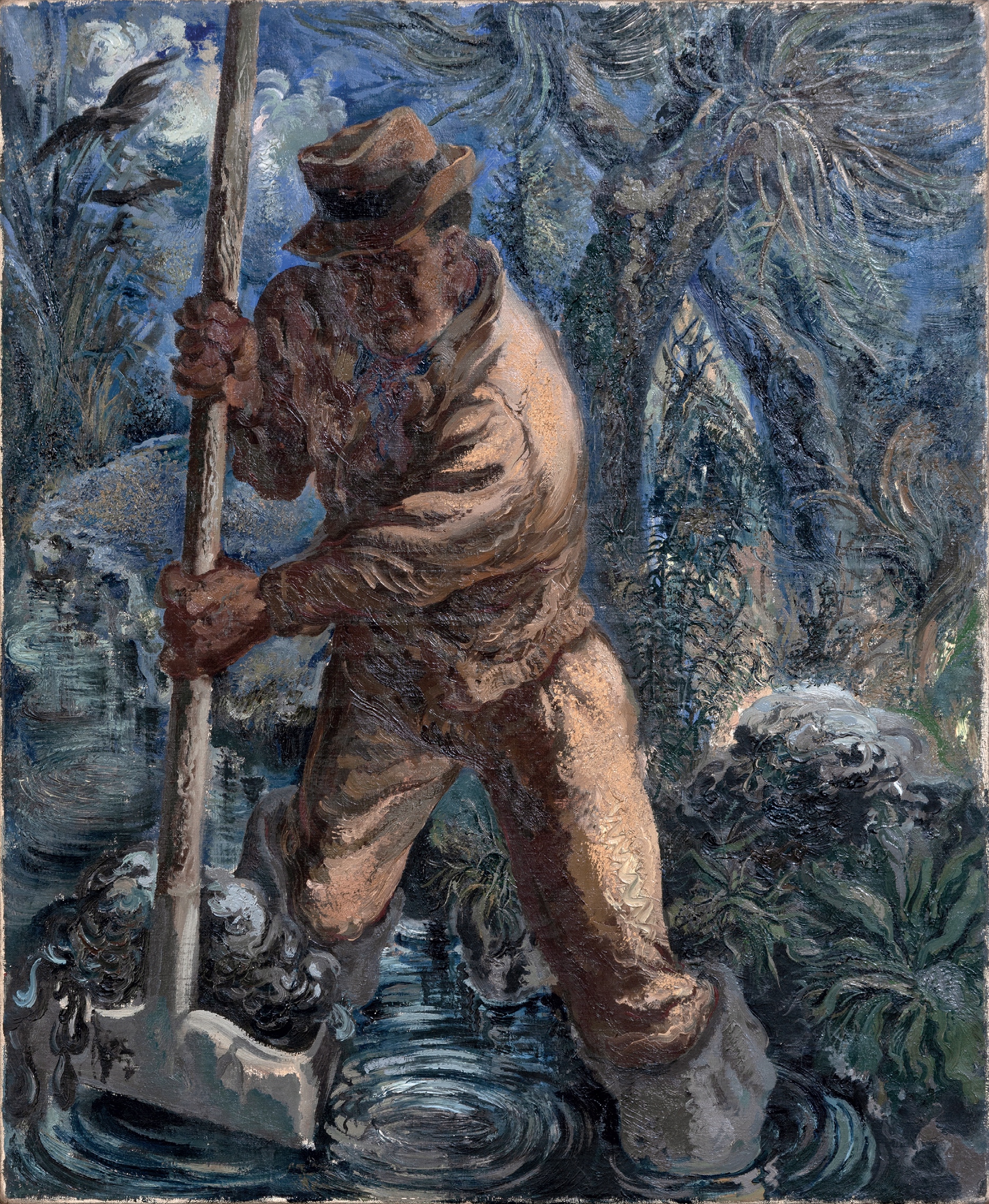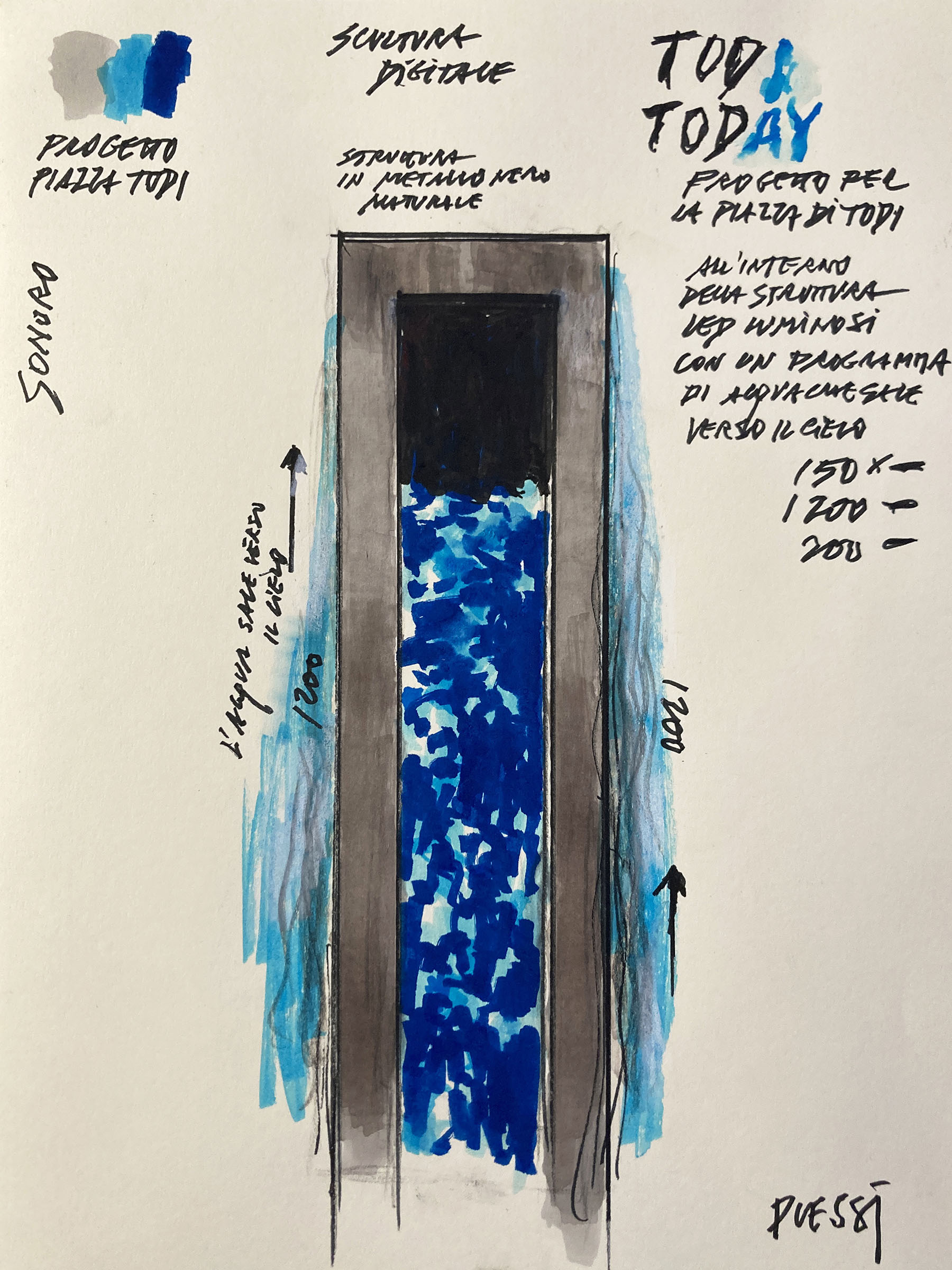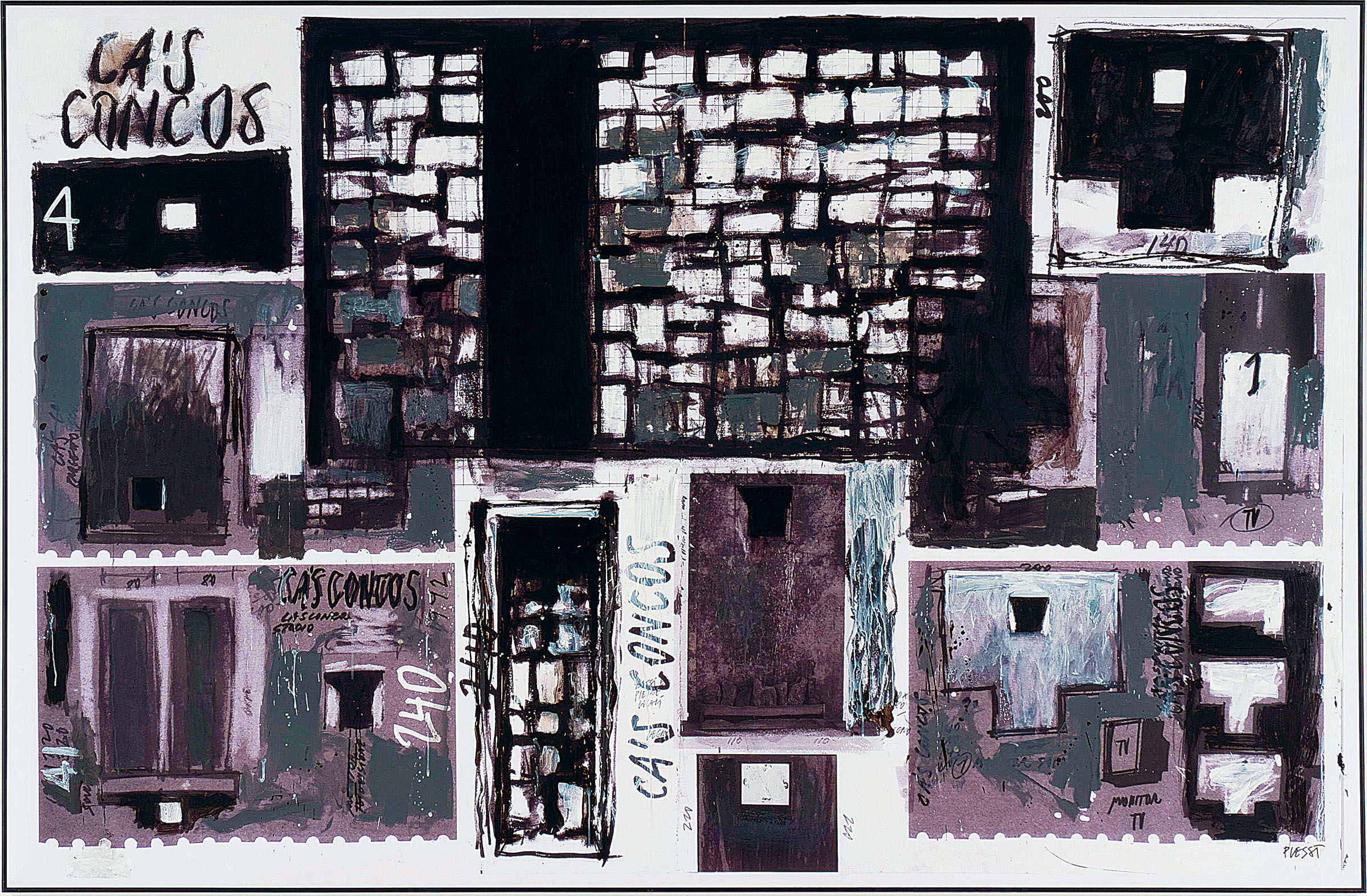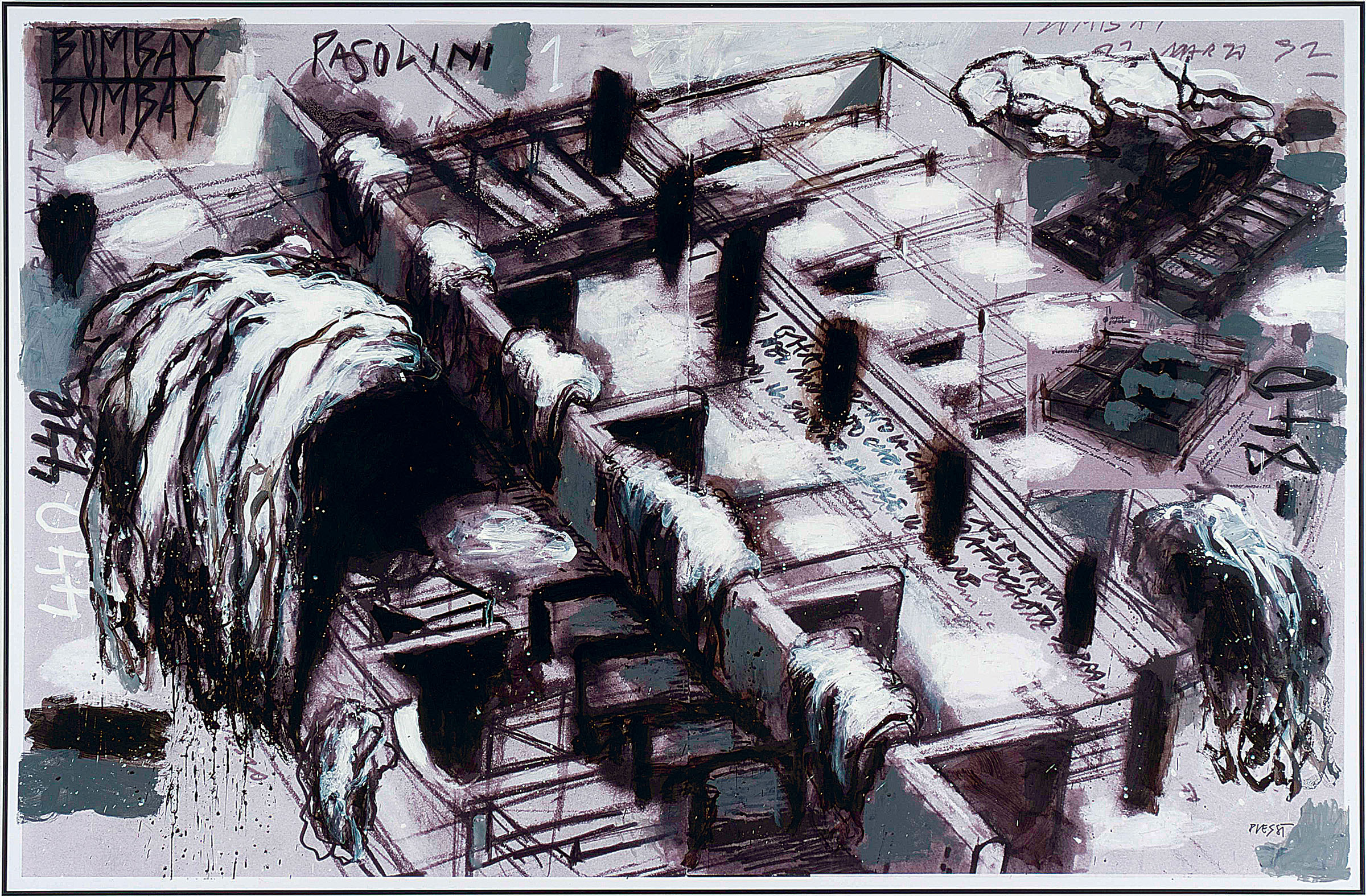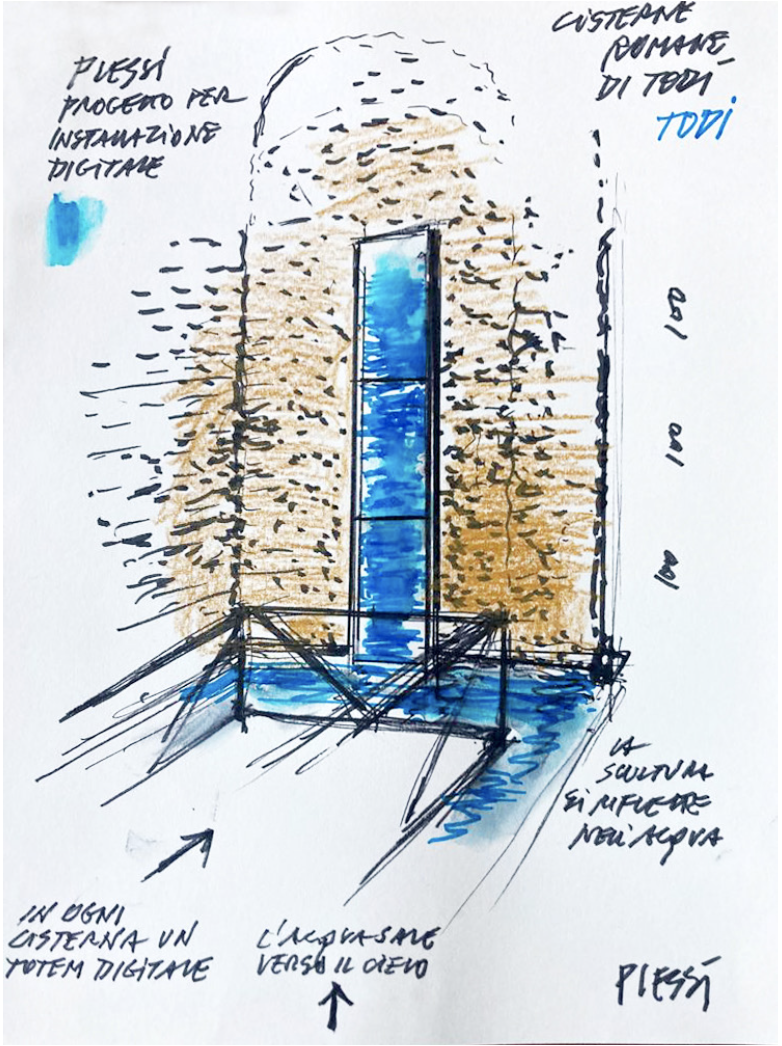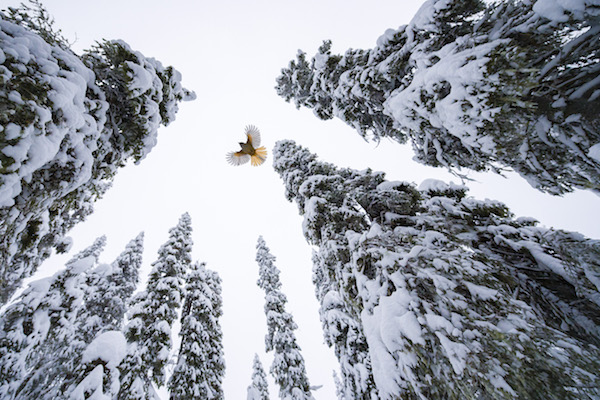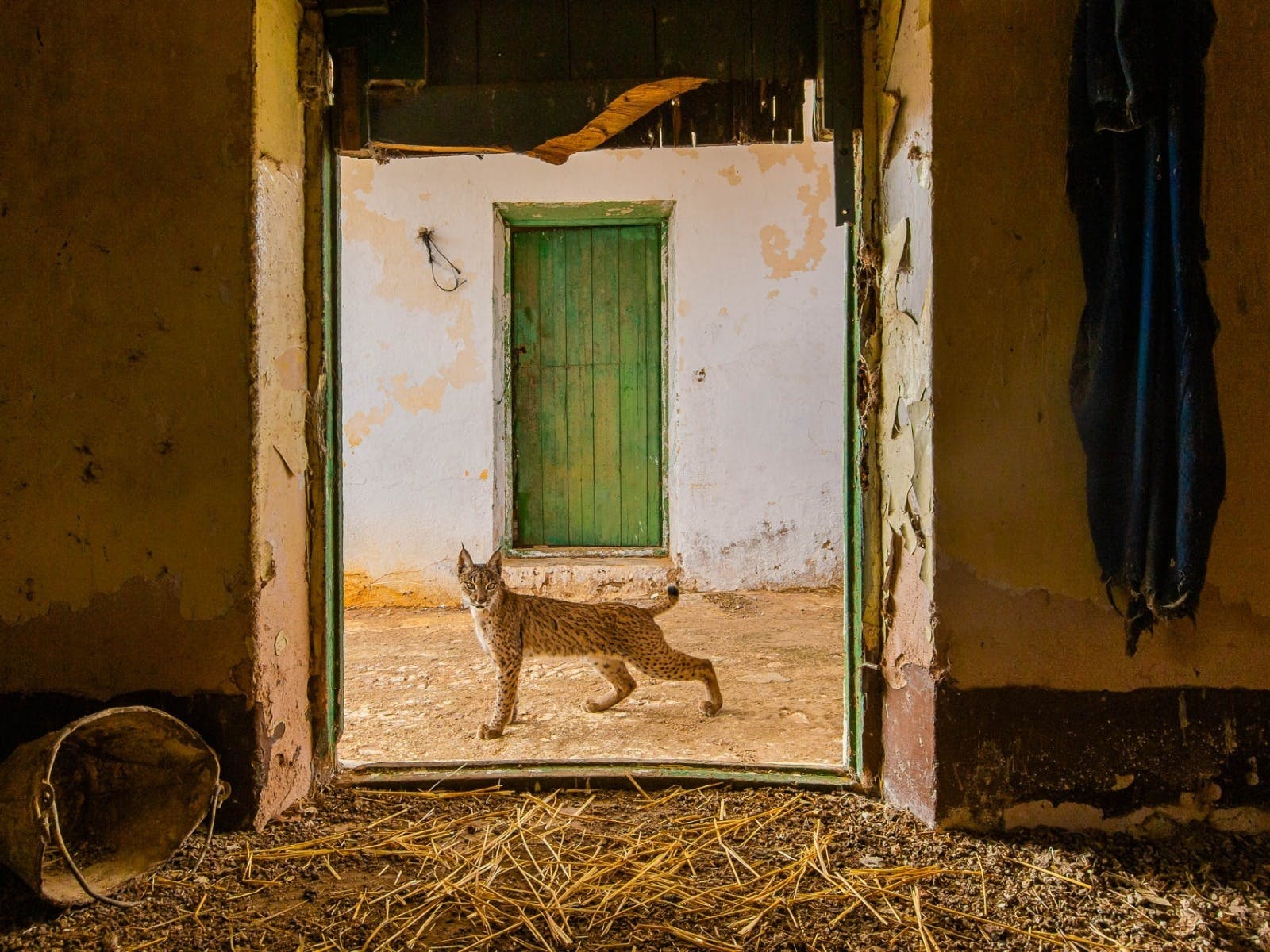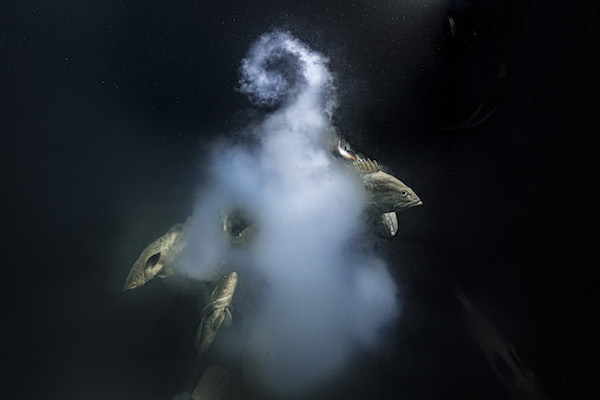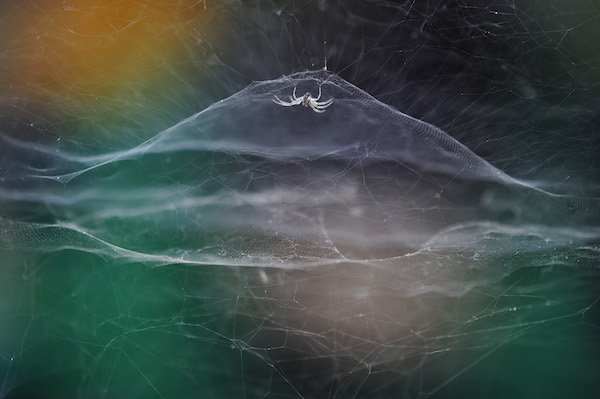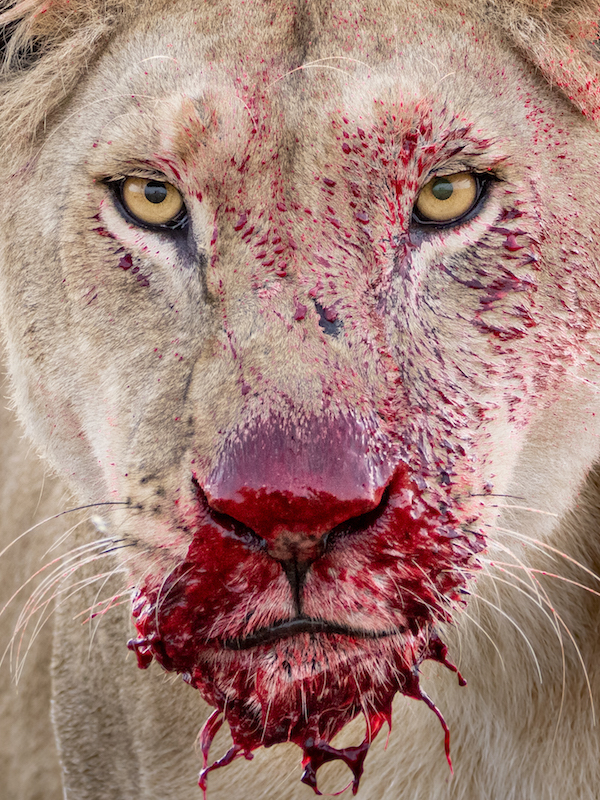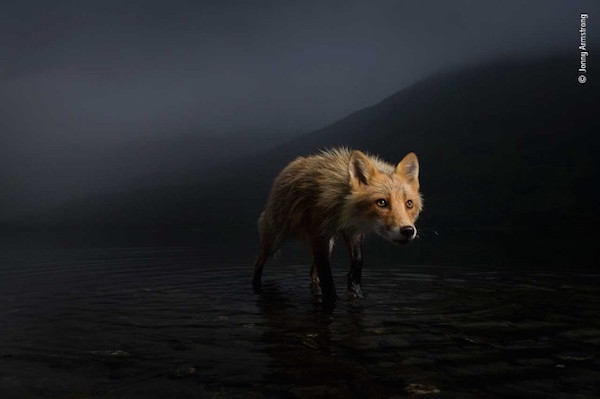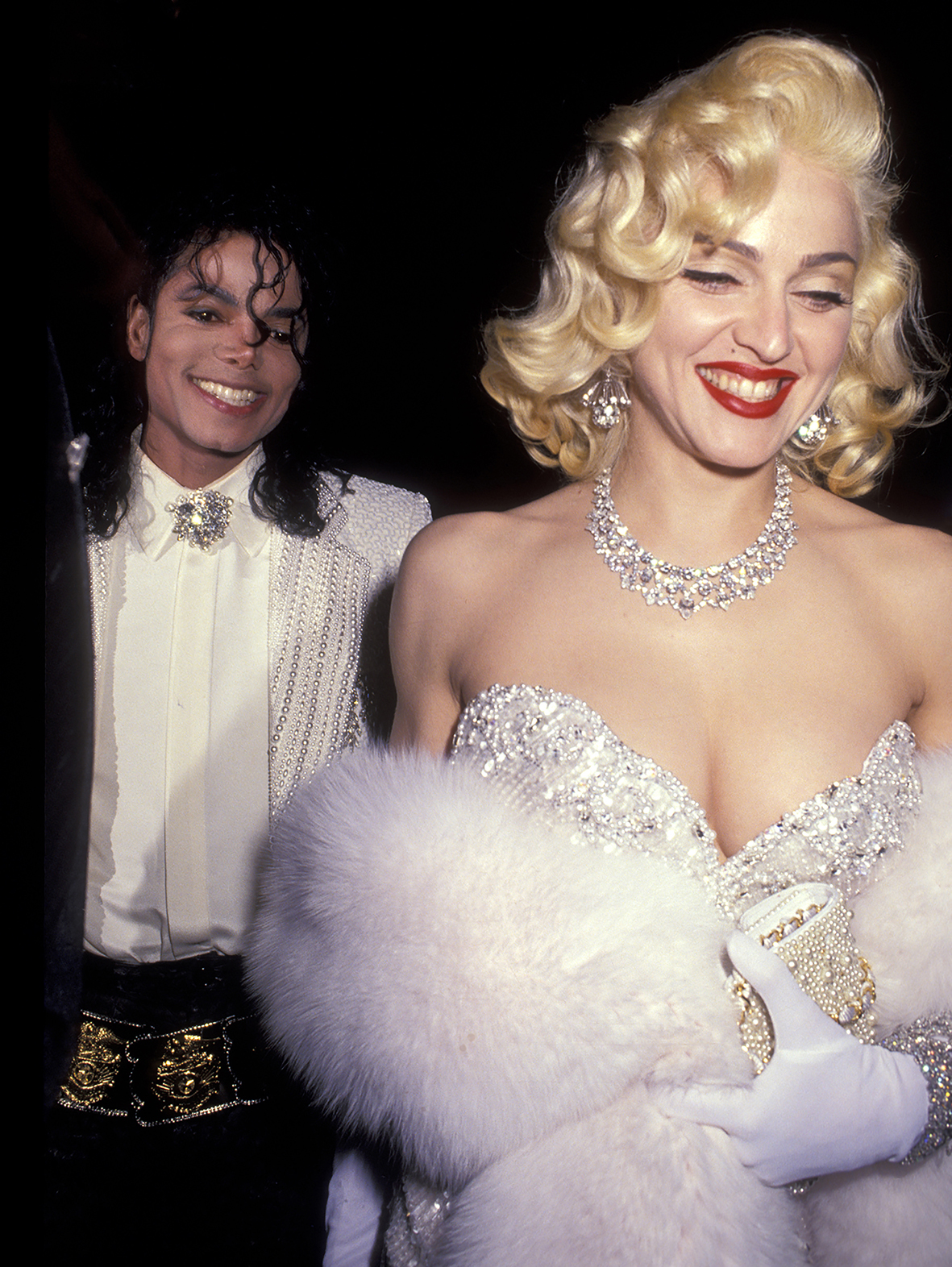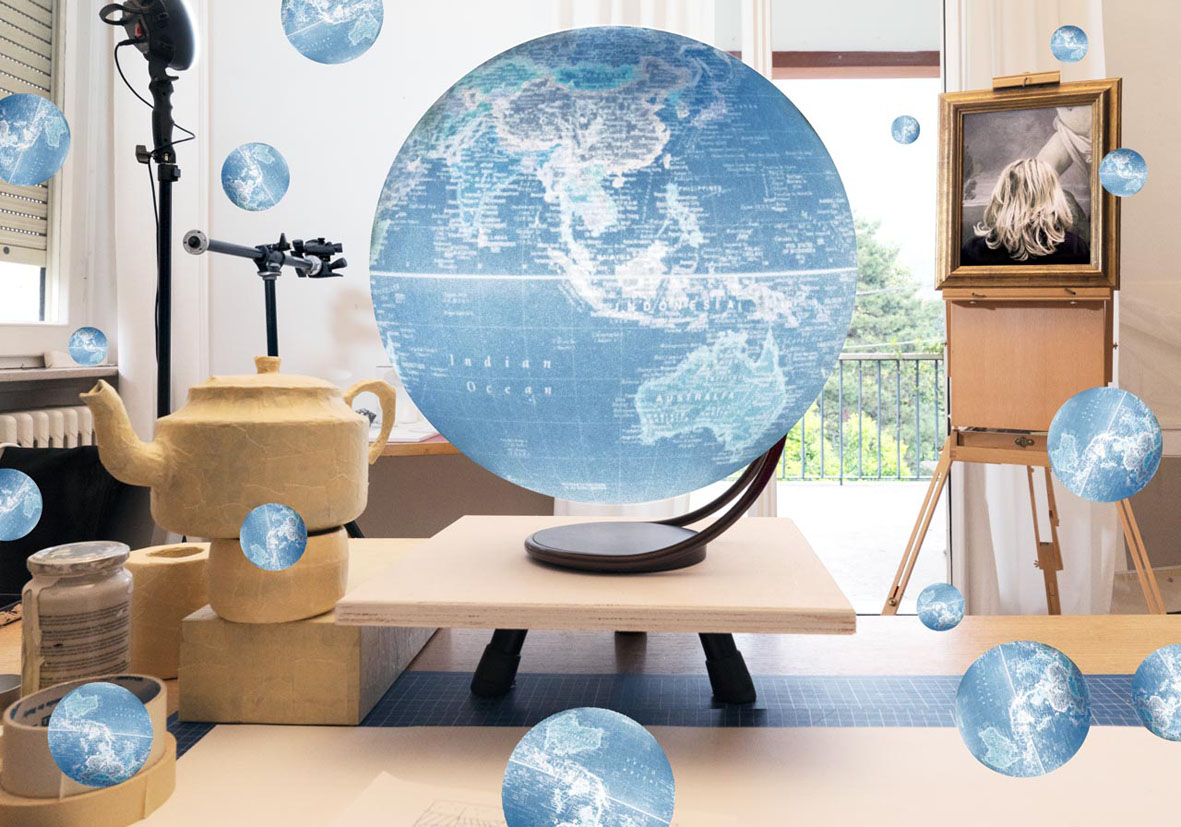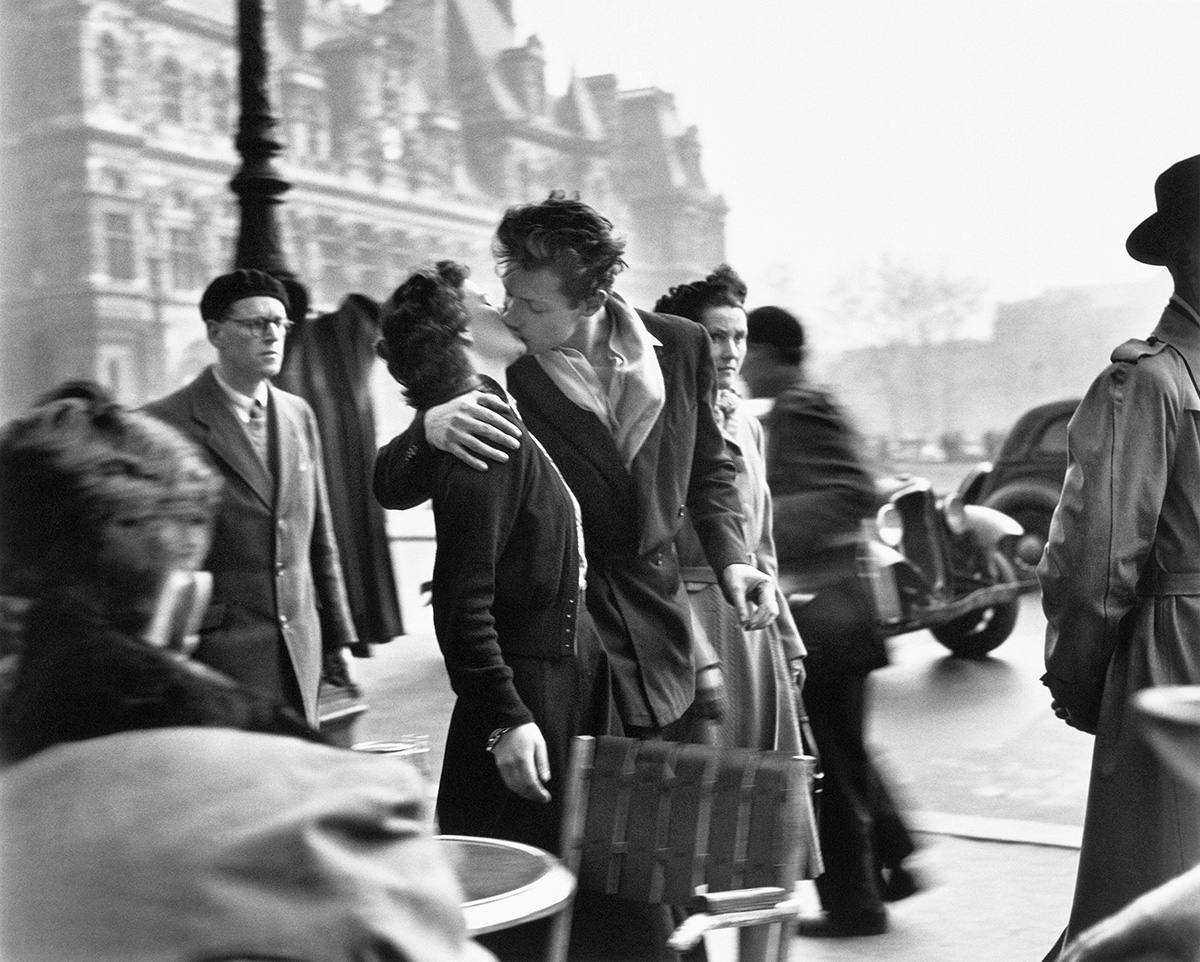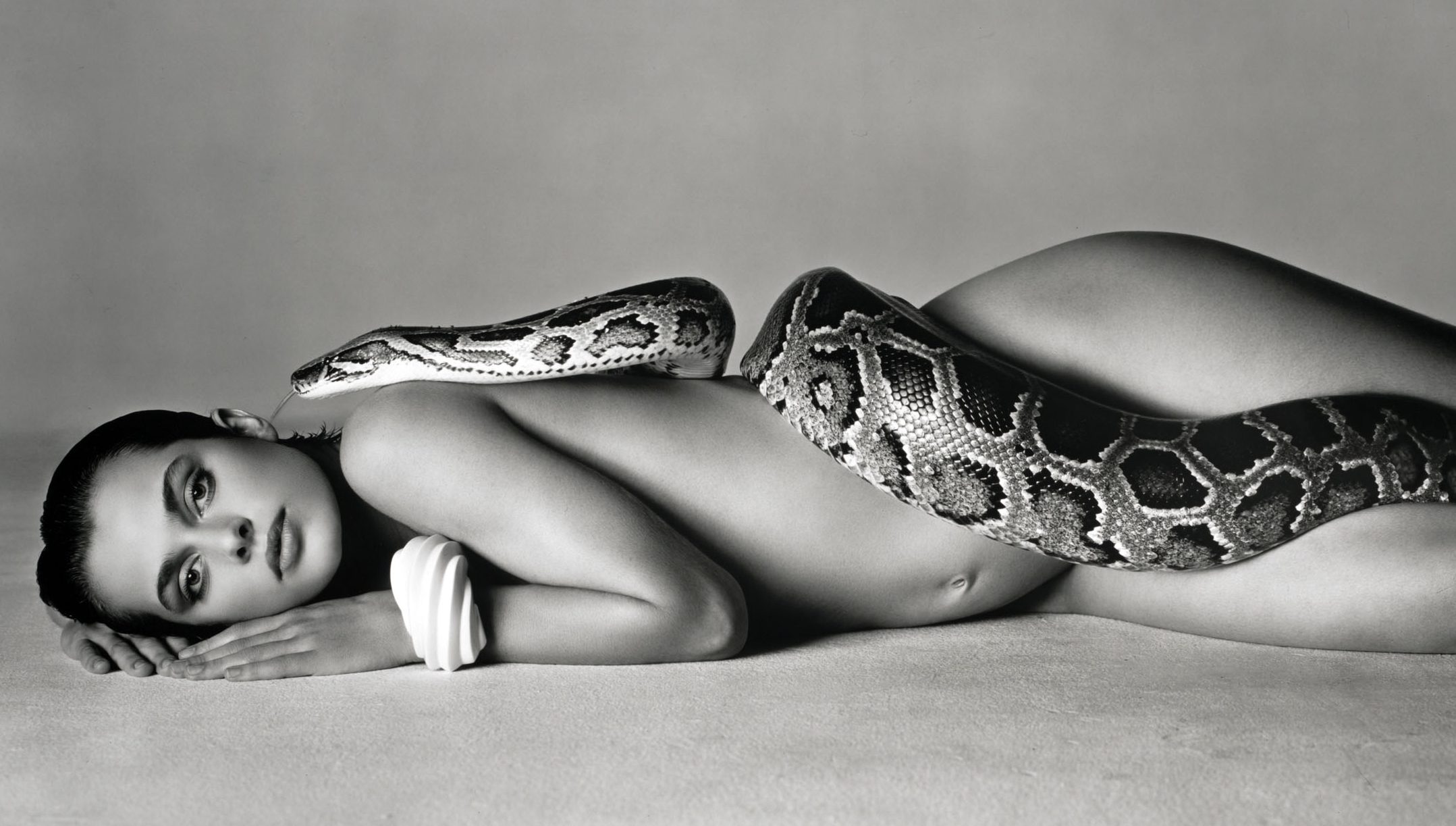
Charles Brooks è specializzato in fotografie di musicisti classici e strumenti musicali. Le sue foto hanno vinto numerosi premi e sono utilizzate da alcuni dei musicisti più famosi del mondo in sale da concerto e teatri d’opera a livello internazionale.
“Foto sorprendenti rivelano i dettagli nascosti all’interno degli strumenti musicali. Sono un fotografo che svela la bellezza e la complessità di questi spazi invisibili utilizzando lenti speciali per sonde e complesse tecniche di imaging. Ogni foto è una miscela di centinaia di fotogrammi. La nitidezza e il dettaglio senza precedenti rendono questi spazi come vaste stanze, esponendo i segni degli strumenti dei creatori, le riparazioni effettuate nel corso dei secoli e l’architettura nascosta all’interno.
Scelgo strumenti rari con storie affascinanti: un violoncello colpito da un treno, un didgeridoo scavato dalle termiti, uno squisito pianoforte a coda Fazioli realizzato a mano da 11.000 singole parti. Ogni strumento viene fotografato centinaia di volte con lunghezze focali sempre crescenti. Questi fotogrammi vengono poi accuratamente fusi insieme per formare un’unica immagine. La chiarezza e le prospettive scelte con cura inducono la mente a credere che lo spazio sia molto più grande della realtà. Un violoncello di 240 anni sembra l’interno di un’antica nave, un sassofono secolare diventa un tunnel spalancato di verde e oro, i tasti di un pianoforte diventano un tempio monolitico. – Carlo Brooks
Di più: Carlo Brooks, Architettura nella musica, Facebook h/t: noirpanda































